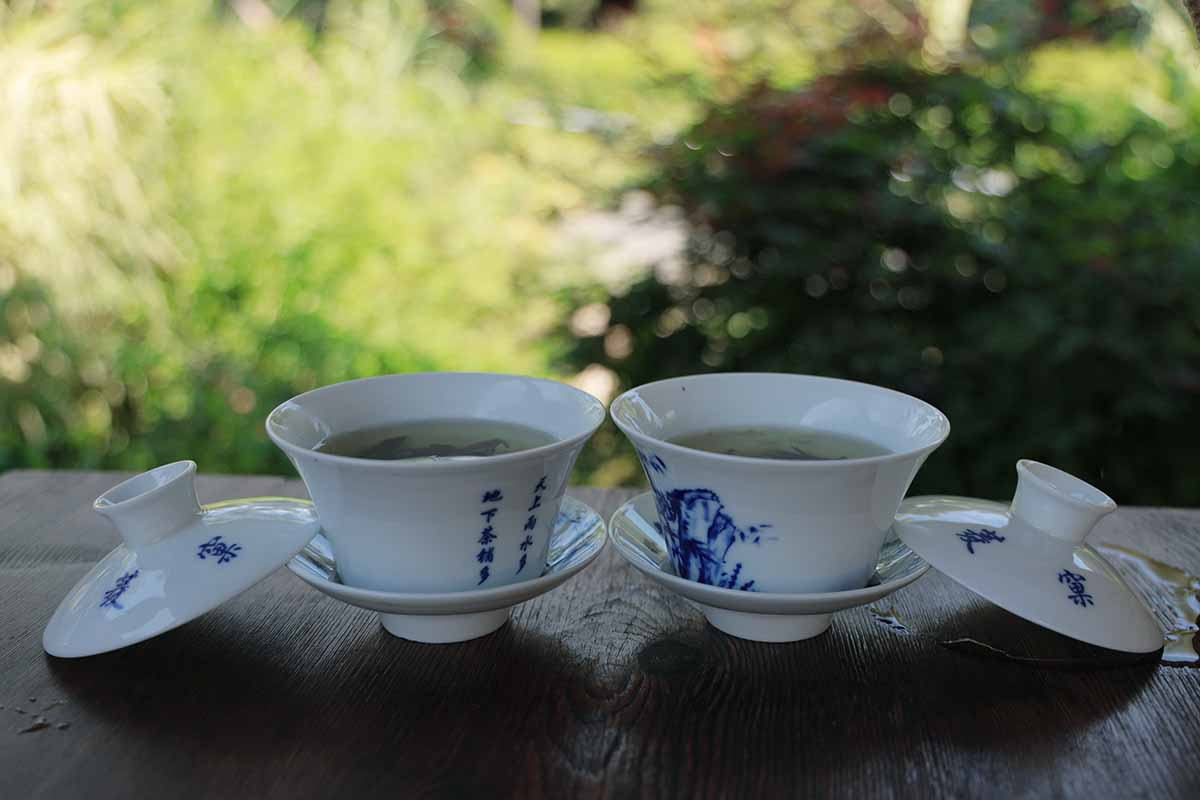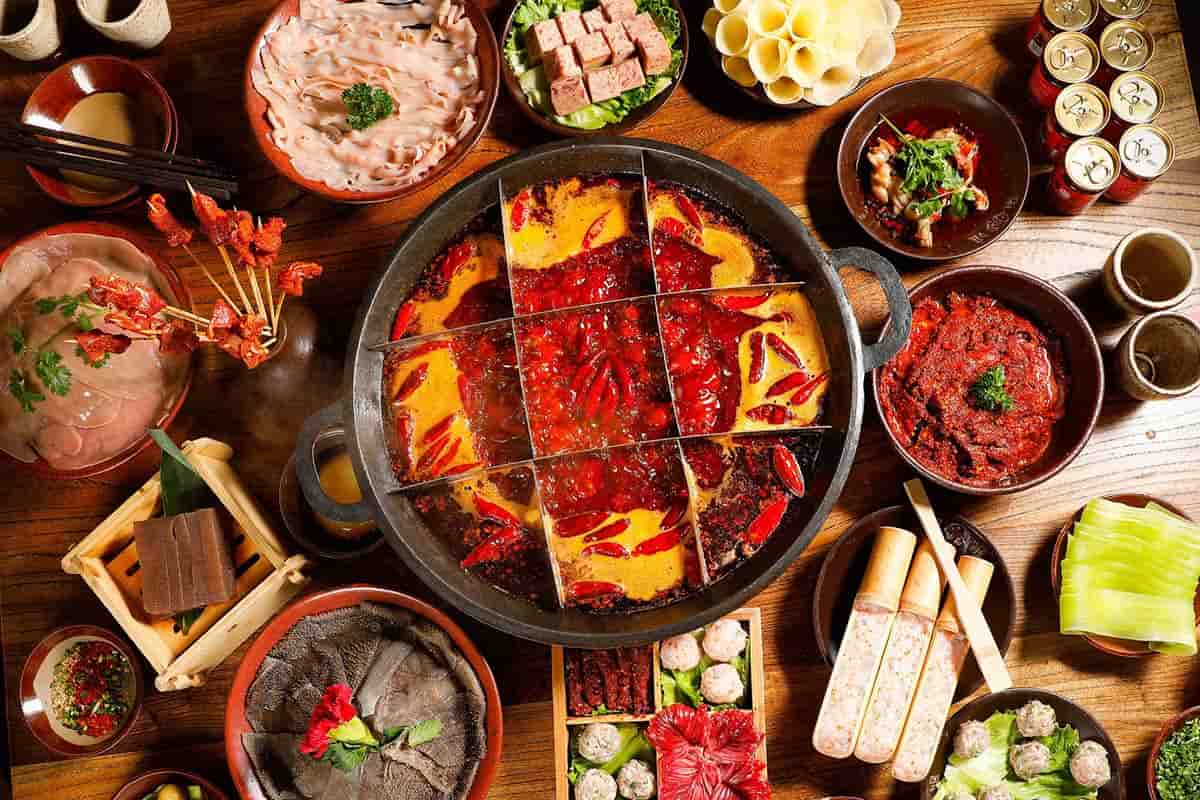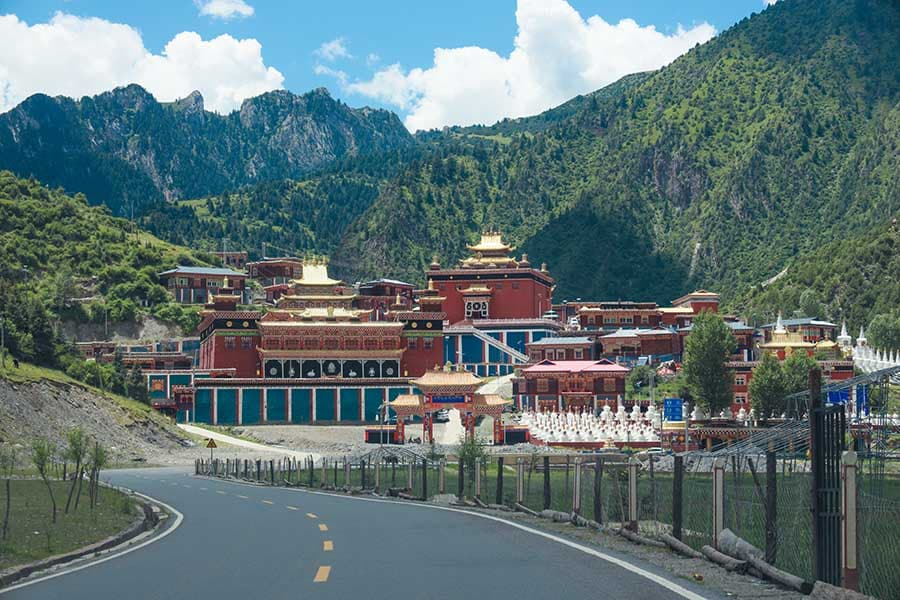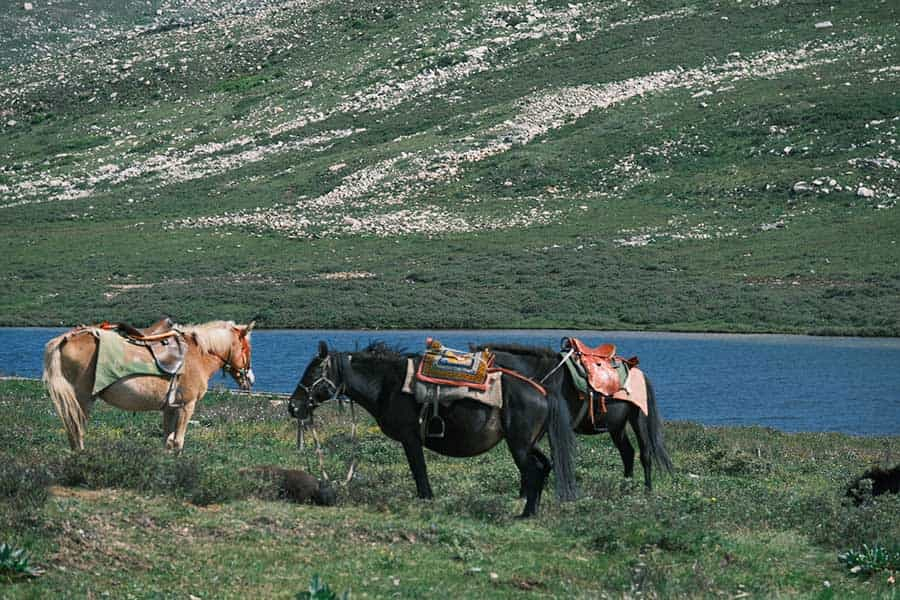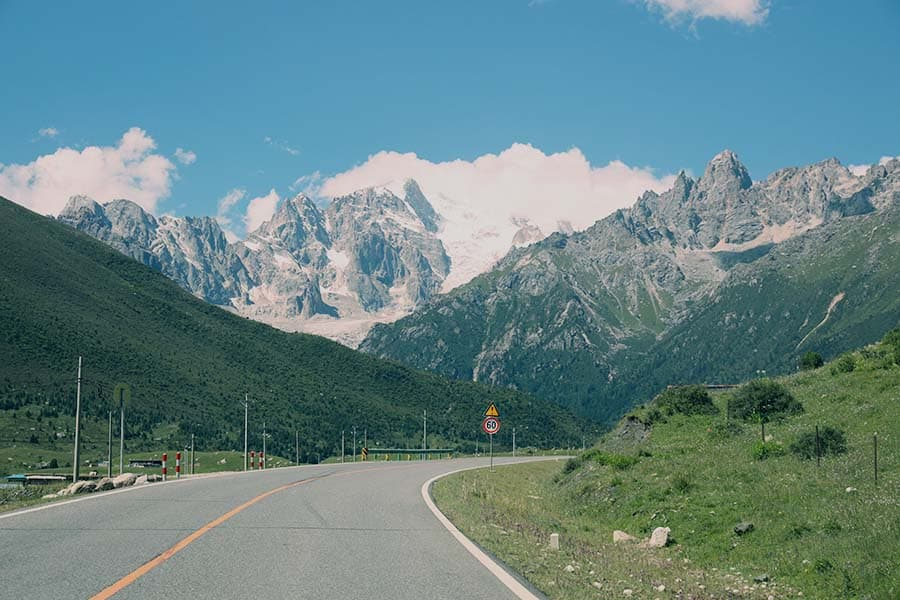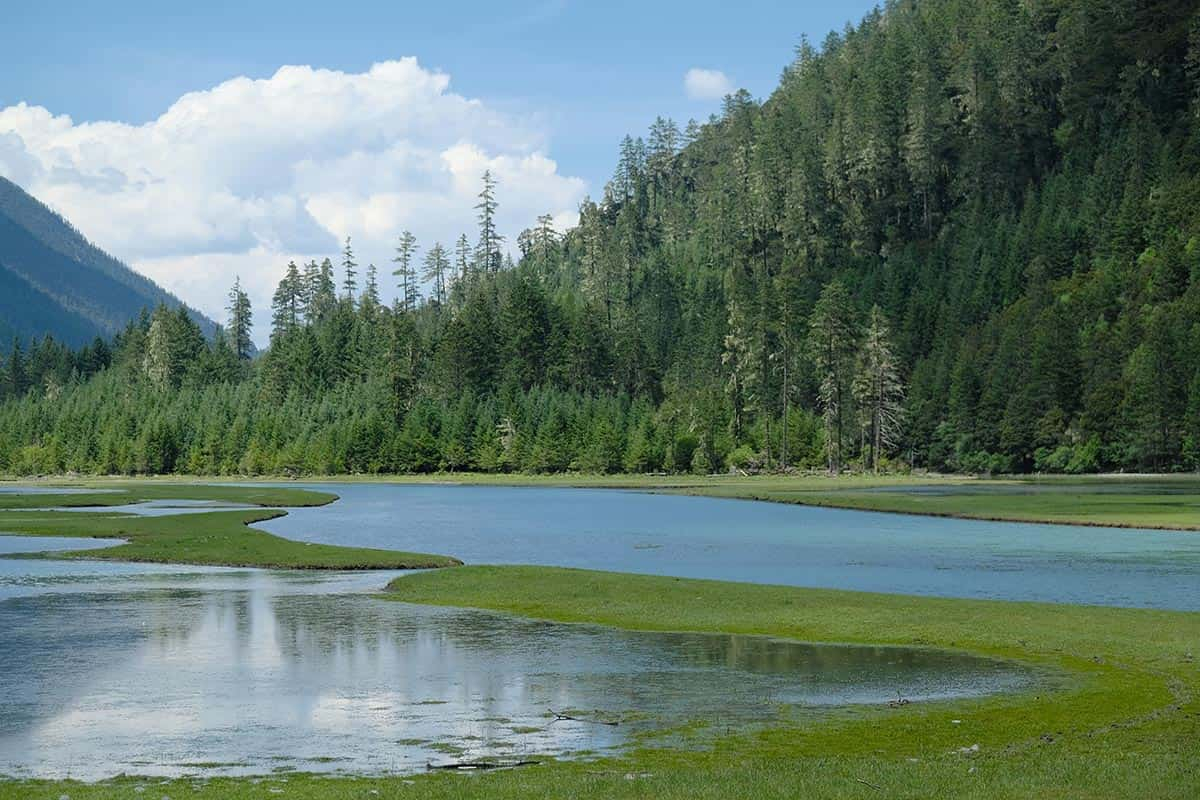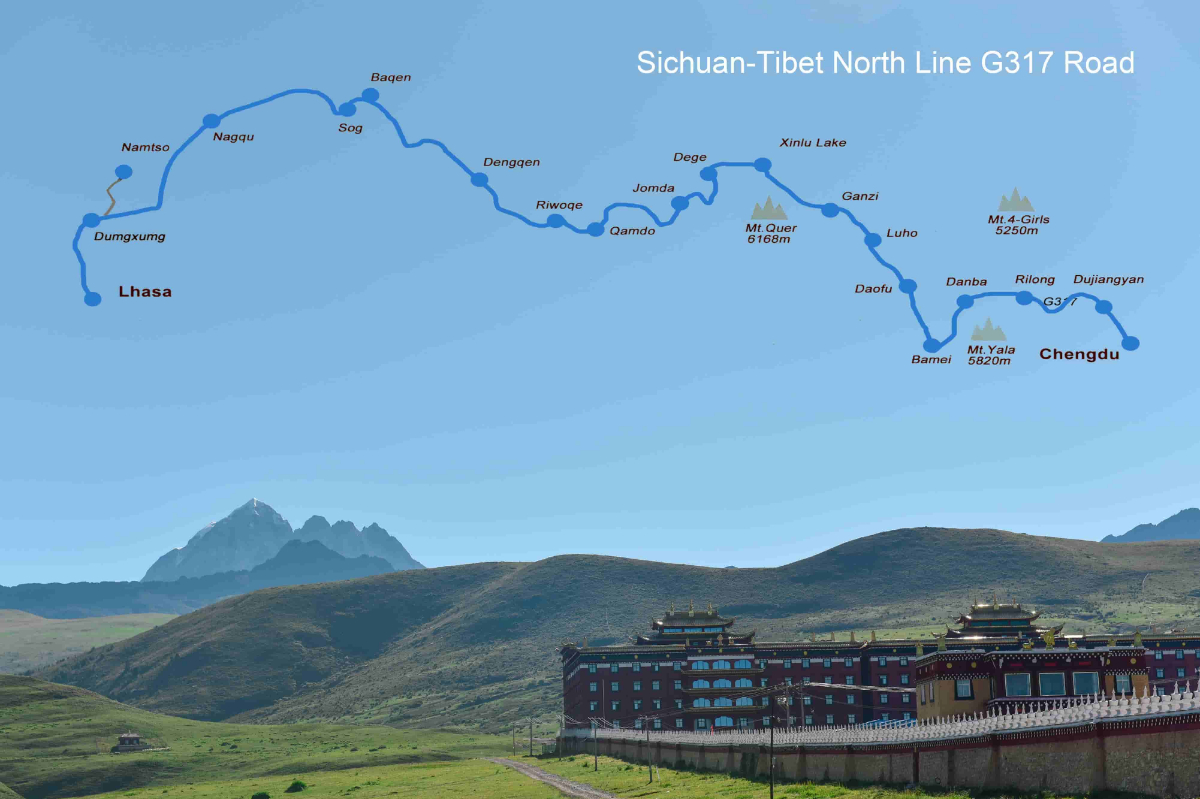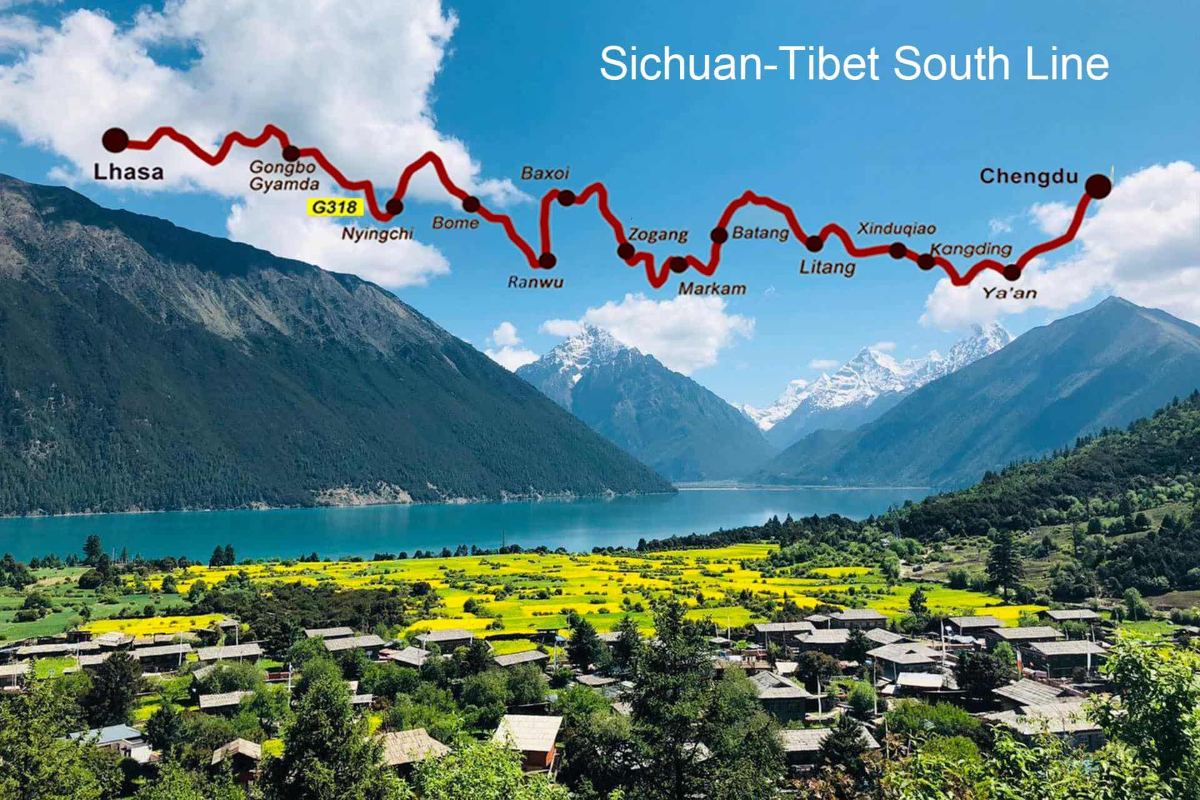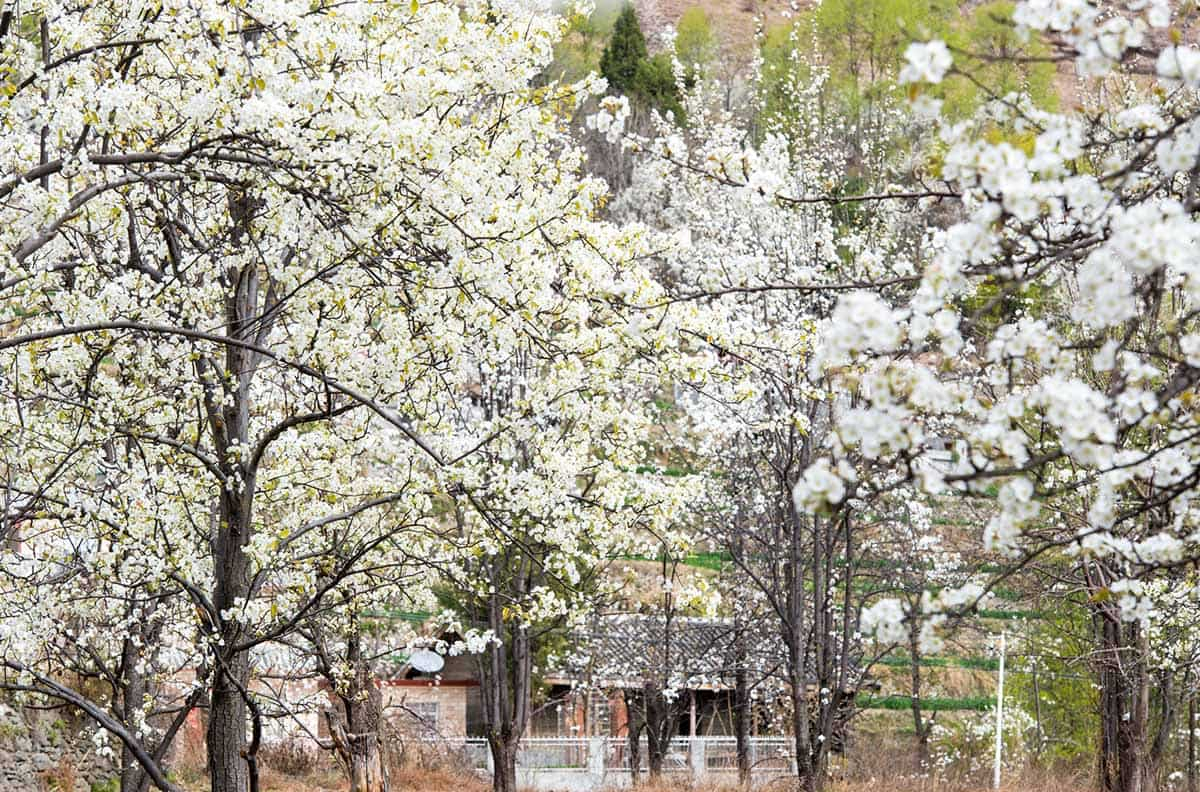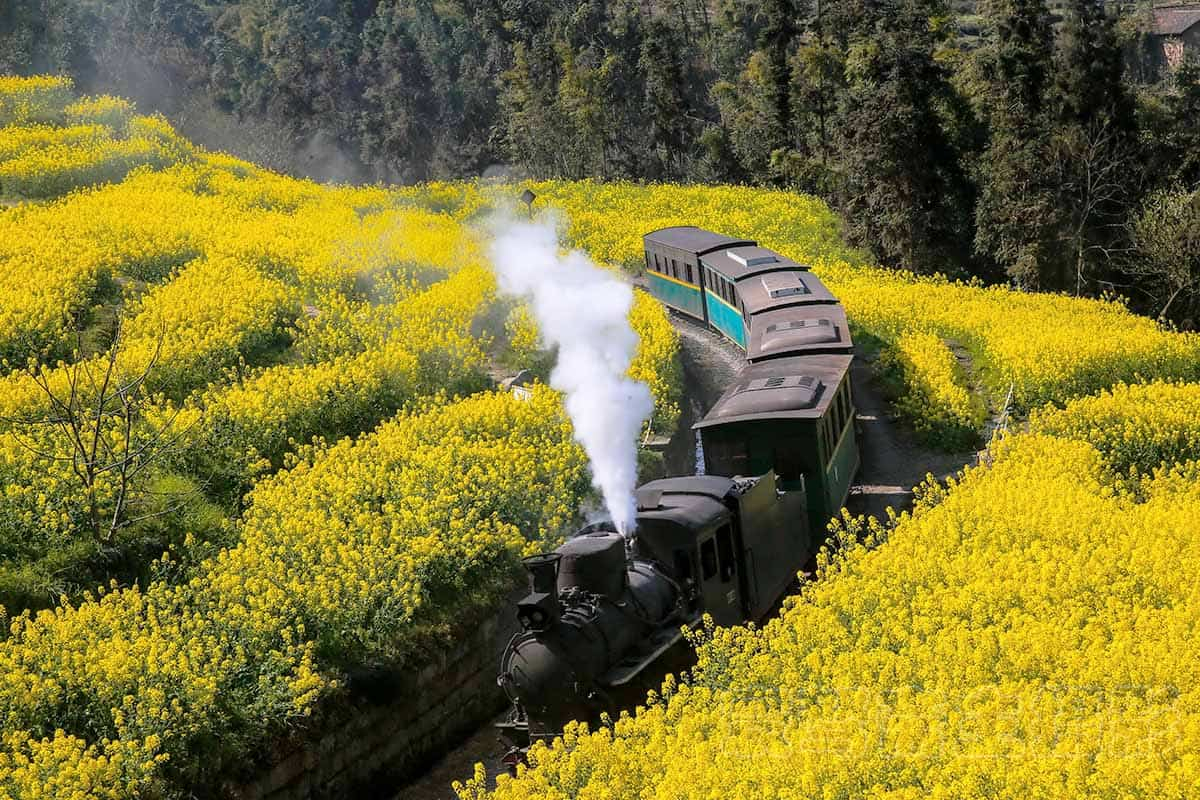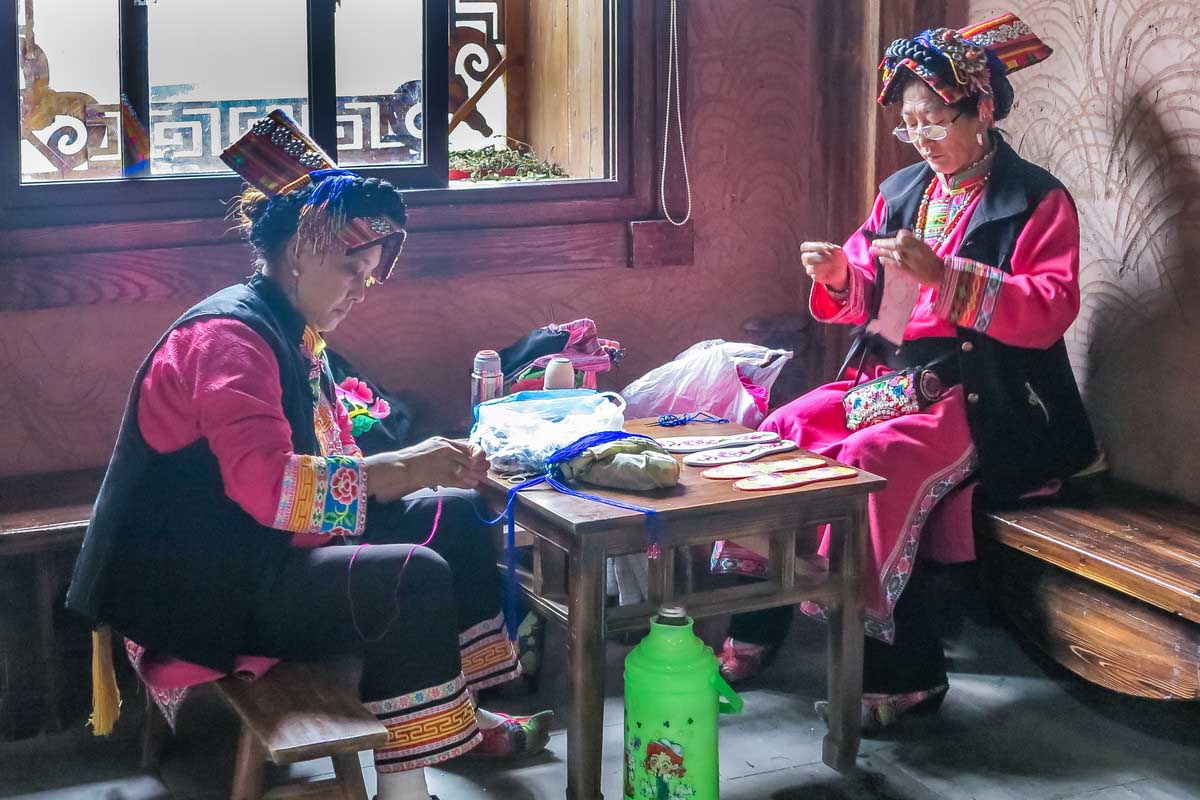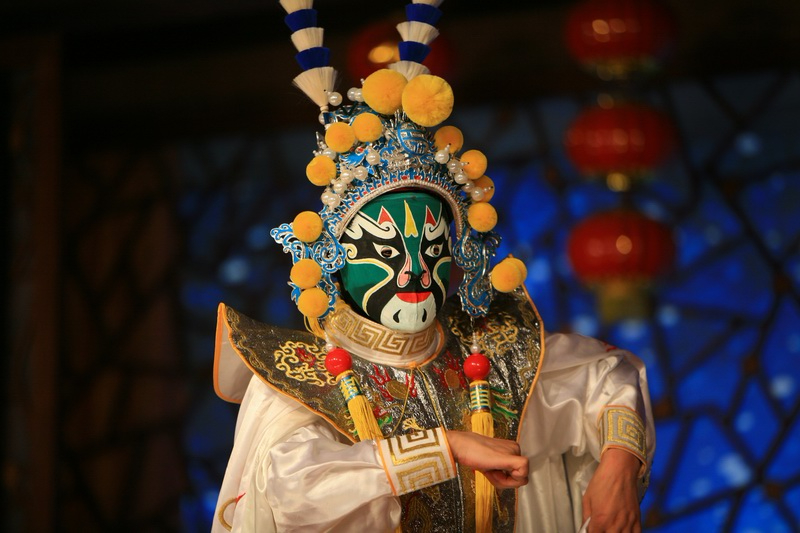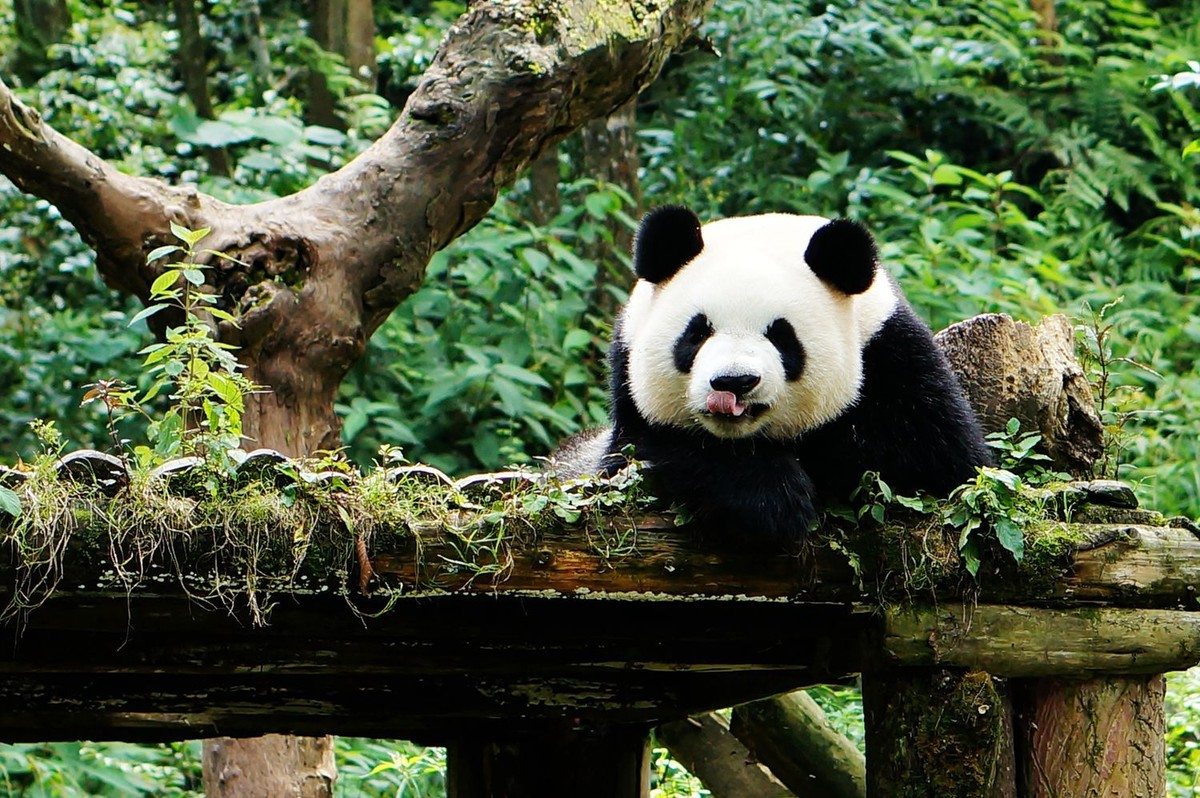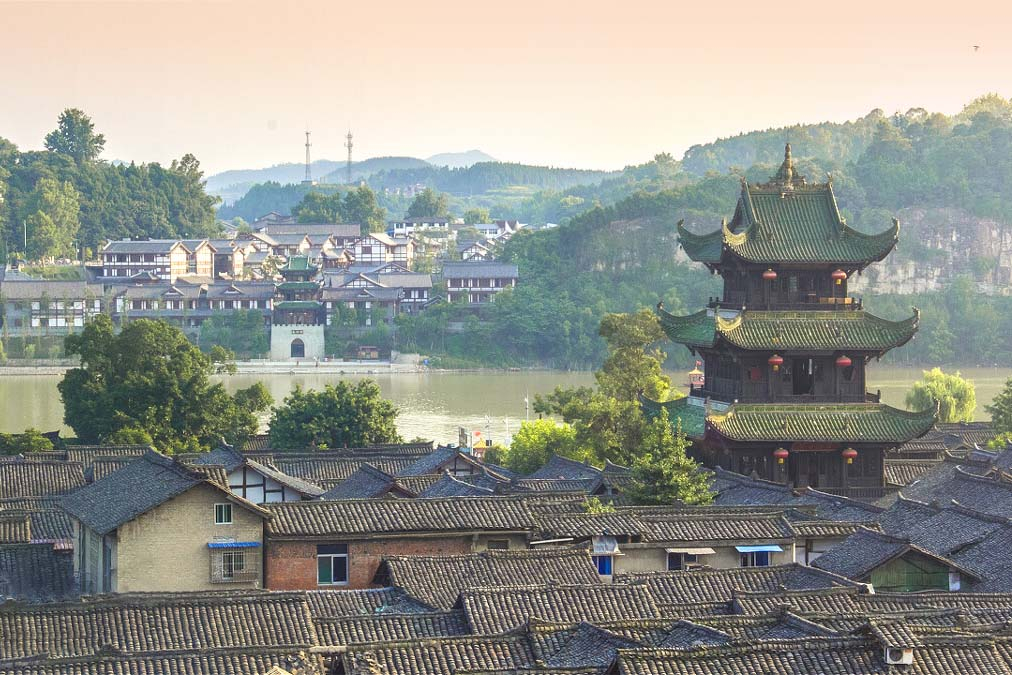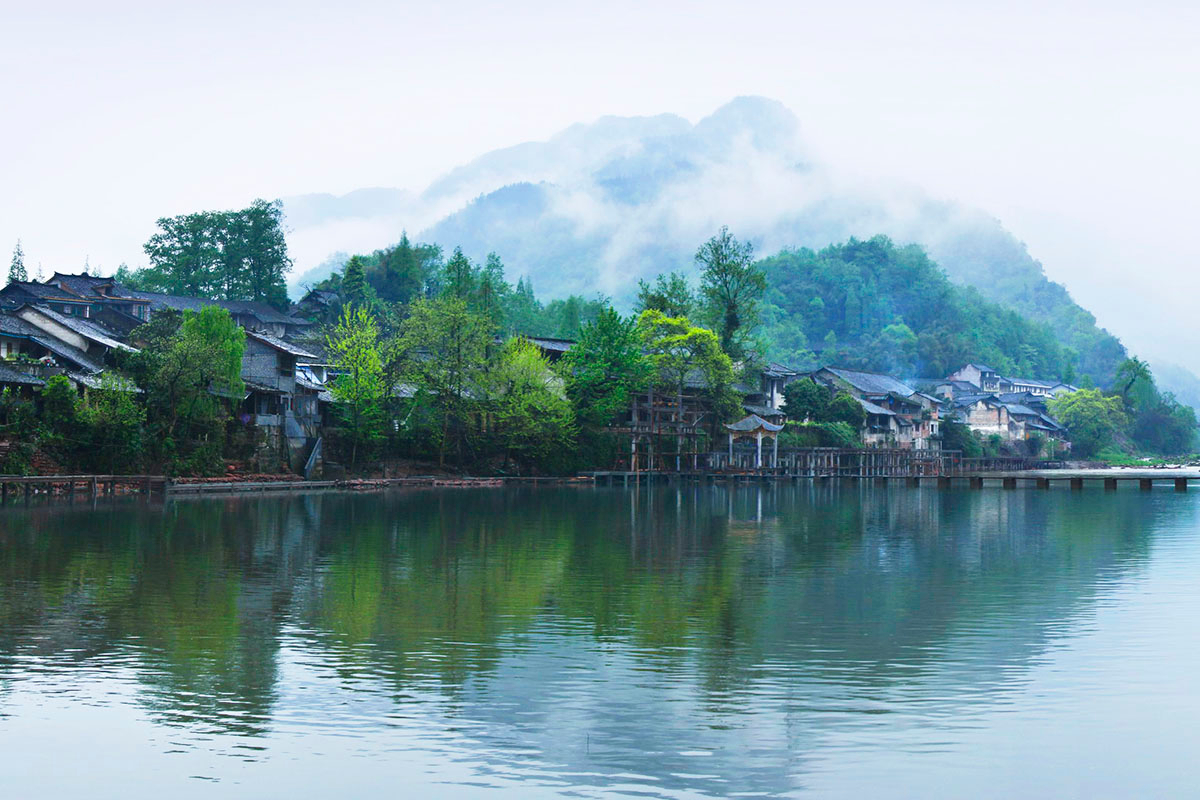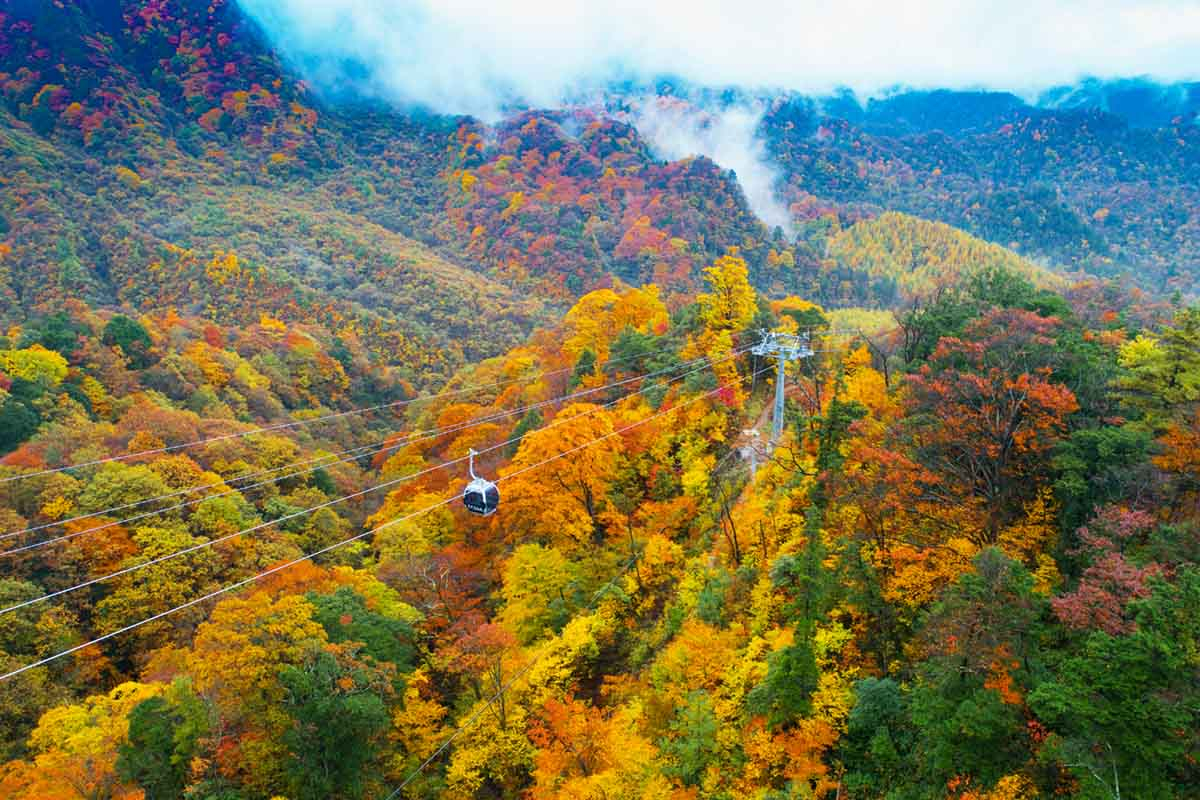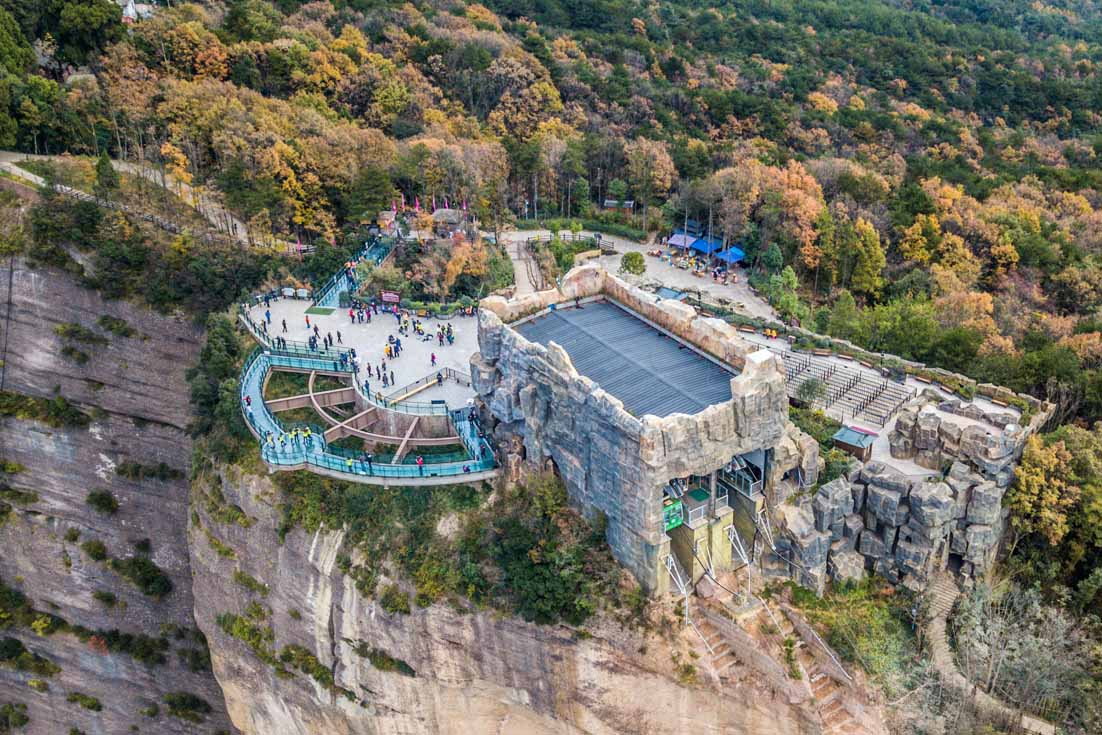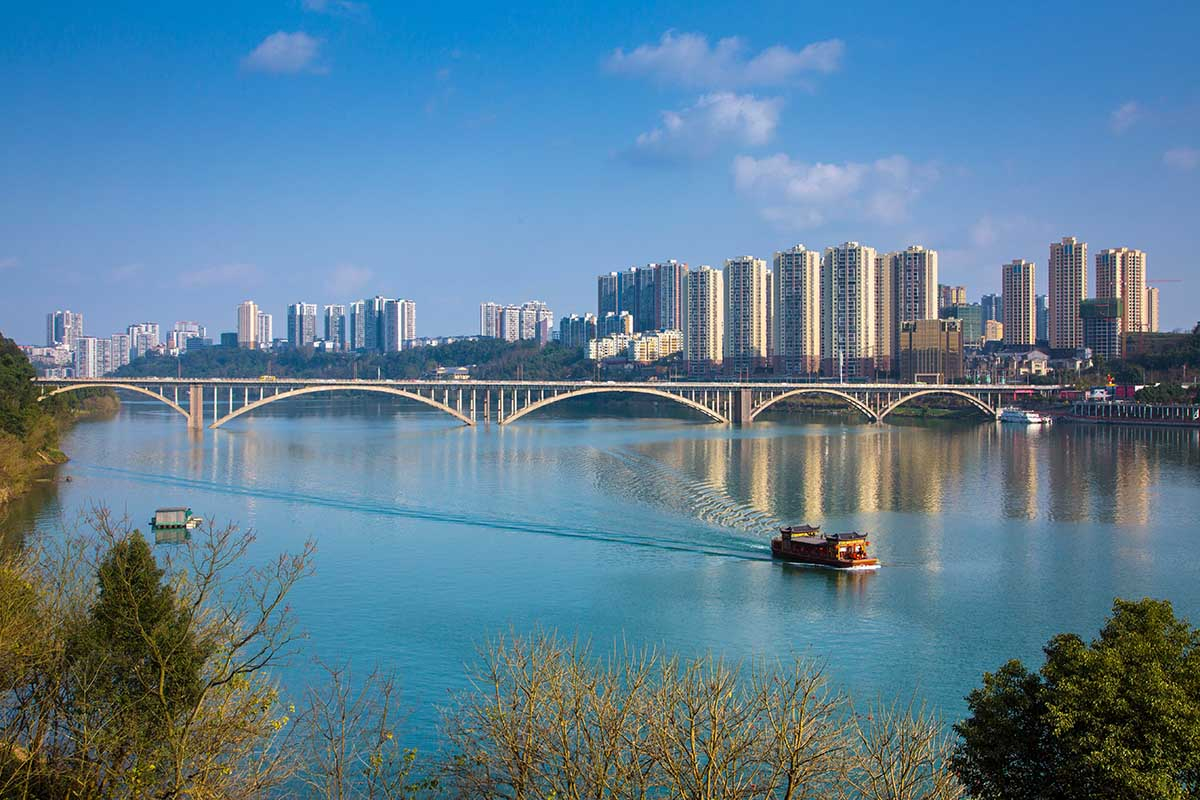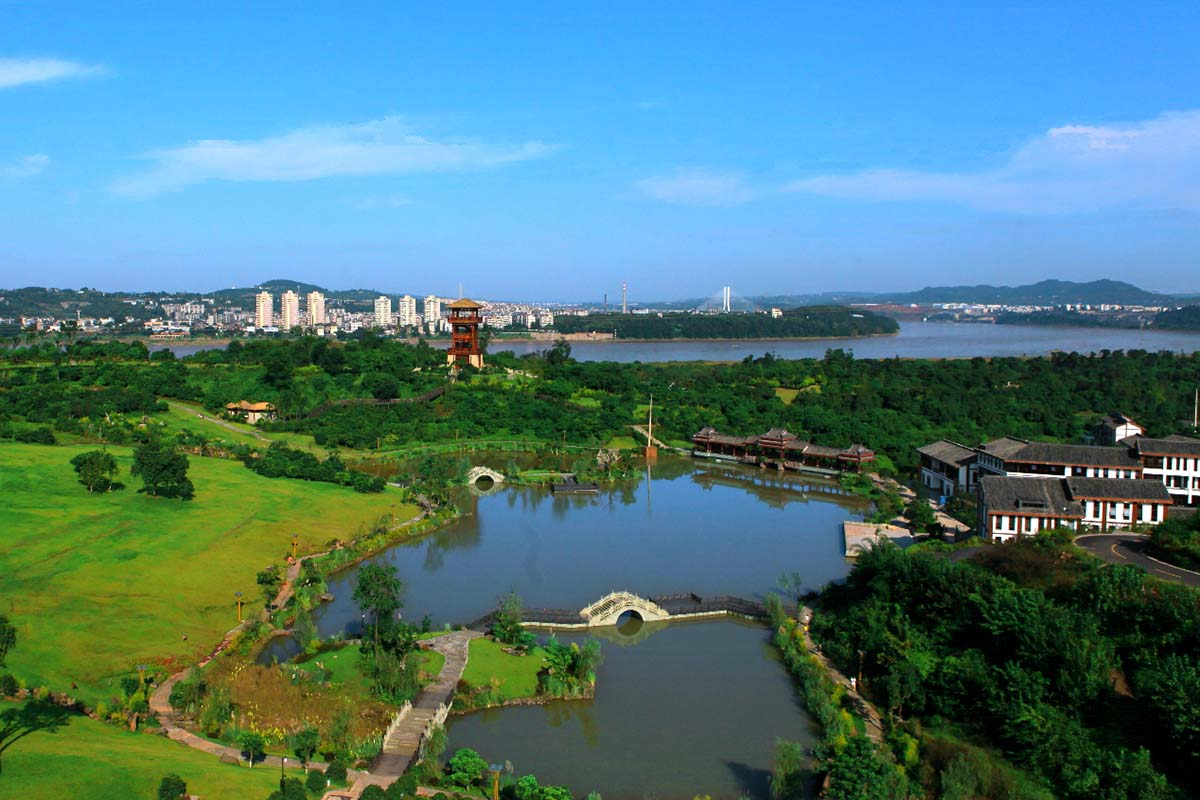Meet with the amazing sceneries along Sichuan-Tibet South Line of G318
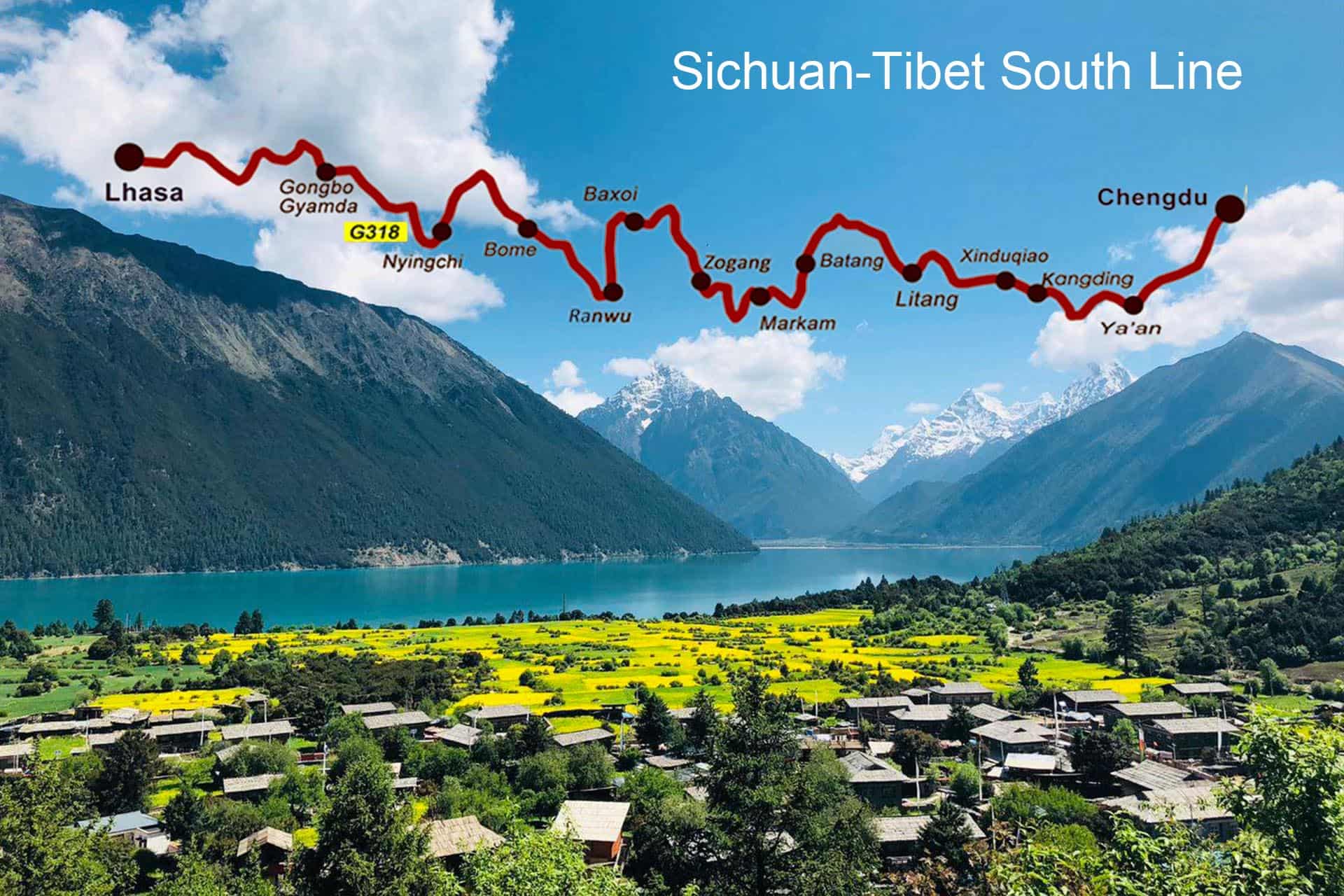
The Sichuan Province is adjacent to the Eastern part of Tibet which makes Tibet accessible by road, traversing through the Sichuan-Tibet Highway. The Sichuan-Tibet route is the most spectacular and beautiful road in the history of Tibet!This Highway has been divided into two distinct parts, one of which is known as the Southern Route and the other road is known as the Northern Route.
The famous Sichuan-Tibet south line is only part of the G318 national highway. It starts from Chengdu, passes through Kangding, Litang, Batang, Mangkang, Zuogong and Nyingchi, and finally reaches Lhasa.
It is also known as "the most dangerous road in China", but visitors can see the most beautiful sky and the marvellous scenery along the way. The route also takes you through regions where the Kham culture is predominant, and gives you the chance to explore more of the Tibetan culture that can be found outside TAR, in places like Danba, Kangding, Xinduqiao, and Litang and Nyingchi.Thousands of travelers dream to drive this way to Tibet each year, just to have a view of the landscapes.
● Sichuan-Tibet South Line Reference Kilometer 2142km
Chengdu—147KM—Ya’an—168KM—Luding—49KM—Kangding—75KM—Xinduqiao—74KM—Yajiang—143KM—Litang—165KM—Batang—36KM—Bamboo cage—71KM—Mangkang—158KM—Zuogong —107KM—Banda—94KM—Basu—90KM—Ranwu—129KM—Bomi—89KM—Tongmai—127KM—Ningzhi—19KM—Bayi—127KM—Gongbu Jiangda—206KM—Mozhu Gongka—68KM—Lhasa
● Highlights of G318 Highway from Chengdu to Lhasa
01. Hailuogou
Hailuogou Glacier Park in Hailuogou Scenic Area is the only one glacier forest park within the country. Preserving the precious modern marine time glacier at low altitude, being the largest scaled and most beautiful among those at the same latitude.
Hailuogou is highly favored by visitors to see closely its characteristic glacier icefall drifting vertically, multilayered primitive forest of diverse verdant trees, gorgeous snow mountain peaks under sunshine, healthy warm glacier hot springs amongst the ice and snow, bright red rocks to catch the charm of nature!
02. Mount Gongga
Mount Gongga (Minya Konka) is located in the southern part of Kangding in Sichuan. Mount Gongga is the main range of the snow mountain in Sichuan region. With a title of the King of Mountains in Sichuan, the main peak of Mount Gongga is in a height of 7,556 meters above the sea level.
The vertical drop of more than 6,000 meters in Gongga Mountains created the rich biodiversity and landscape. Lush subtropical jungle, wide translucent glaciers, crystal-like airplane lakes, mysterious red rocks, healing hot springs, sparse thickets, endless cloud seas and rare animals coexist in Mount Gongga harmoniously.
The scenery changes with altitude rising, you will encounter with a totally different world every ten miles at Mount Gongga.
A trekking trip to Minya Konka normally needs about a week and it is a serious camping trekking. In a Minya Konka trekking, you can see the many snow-capped peaks including Minya Konka, alpine views of Tibetan landscape, nomads Tibetan people, glaciers and Tibetan Monasteries.
Though trekking is not suitable for normal tourists, getting close to Minya Konka and taking unbeatable photos in this marvelous area can still cheer you up at any time. There are tons of great sites to capture photos around Mount Gongga like Lenggacuo Lake, Zimei Pass, Black Stone City, etc.
03. Xinduqiao
Reputed as “A World with Lights and Shadow” and “A Paradise for Photographers”, Xinduqiao is the must-visit part for your Kangding Sichuan travel. Driving from the Romantic City - Kangding along the National Road 318, you’ll pass Zheduo Mountain at an altitude of 4298 meters through many bends on the way, feast your eyes with countless breathtaking snow-capped mountain sceneries and enjoy general view of traditional Tibetan-styled houses dotted in the peaceful countryside on the way between Zheduo Mountain and Xinduqiao Town.
04. Litang Mount Genyen
Genyen is called Holy Mountain Genyen or Genie in Tibetan. It is one of the 24 holy mountains in Tibet. It is home to many kinds of species, plants, and highland turquoises lakes, unsummited peaks, hot springs, hidden monasteries and the original nomads people.
05. Maoya Grassland
One of the most spacious natural pastures in the Kangba area, the Maoya Grand Grasslands are located in Litang county, in the Garze Tibetan autonomous prefecture, Sichuan province. Surrounded by mountains on all sides, the grasslands are nourished by melt water from the Yimugongxia Snow Mountain to the south, as well as being run through by the Wuliang River, by which are numerous wetlands and swamps.
06. Cuopu Lake Batang
Cuopo Lake or sopu Lake is a beautiful highland lake located 150km west to Litang County and 80km east to Batang County. It is the first holy lake in Kham.People travel here due to its beautiful lakes, temples, prairies and mountains.
07. Ranwu Lake
The part of Sichuan-Tibet Highway in Ranwu is seemed to be the most beautiful part along the way on the highway. With all the splendid views of forests, lakes and snow mountains, Ranwu Lake area is reputed as "Switzerland in Tibet".The melted snow and ice supply the lake with sufficient water and are the source of many rivers such as Yaluzhangbu. The water takes on different colors in different seasons of a year and the water surface is dotted with isles or reefs.
08. Laigu Glacier
Laigu Glacier(also known as Lhegu Glacier) is located in Ranwu Town, Baxoi County, Qamdo Region, Tibet. This Tibet glacier is one of the world's three largest glaciers and the source of Parlung Tsangpo River. Because all these glaciers surround Laigu Village, they are collectively called Laigu Glacier. Laigu means “Hidden Arcadia” in Tibetan.Laigu Glacier extends from the main peak with an altitude of more than 6,000 meters to the edge of Laigu Village with an altitude of about 4000 meters. The black-and-white "middle moraine" adds some beauty to its grandeur, which is rarely seen in other glaciers.
09. Midui Glacier
Midui Glacier is regarded as 1 of the 6 most beautiful glaciers in China by China National Geography Magazine. It is located in Yupu Town, about 100 km east of the county seat of Bome. Being famous for its grant ice basin, for its frequent snow avalanches, and for its giant ice cascade as long as 700 to 800 meters, it coexists with snow mountains, forests, lakes, villages and temples in harmony. It’s a natural park of glaciers.
10. Yarlung Tsangpo Grand Canyon
Qinghai-Tibet plateau, known as the "roof of the world”, has not only the world's highest peak Mount Everest but also the longest and deepest canyon ---- Yarlung Tsangpo Grand Canyon. Here you can see a great contrast between the high peaks and deep canyons, which make up a rather spectacular landscape.
Situated in Nyingchi, Tibet, Yarlung Tsangpo Grand Canyon is the longest and the deepest valley. With the length of 504.9 kilometers and the depth of 6009 meters, Yarlung Tsangpo Grand Canyon combined with glaciers, cliffs, steep slopes, and running rivers, Yarlung Tsangpo Grand Canyon is crowned as “The Last Fairyland In the World”.
11. Lulang Forest
With an elevation of 3700 meters, Lulang Forest is a typical plateau-mountain-meadow, 15 km long and 1 km wide. Known as a fairyland where gods live in with scenic beauties, it has special breathtaking scenery in every season. In Spring, it is of full-brown azaleas all over the forest, which attracts swarms of birds. In Summer, you can see golden wheat waves with freshing breezes in Lulang Forest. In Autumn, the leaves all turn yellow and then red except the evergreen pines. In Winter, snow falls on the forest as well as the on the glaciers.
12. Basong Lake
Located in Gongbo'gyamda County, Basong Tso is a holy turquoise coloured alpine lake located in the middle and upper reaches of the Ba River, which is the largest tributary of the Nyang River (the longest tributary of the Yarlung Tsangpo River). The lake is mainly turquoise in colour but depending on the angle of the sunlight it magically changes to blue, light blue and sapphire accordingly.
13. Lhasa
Lhasa, a holy city located at the roof of the world, is known as " the city of sunshine" and " the land of Gods". Honored with a long history of 1300 years, Lhasa is quite rich in unique cultural and spiritual resources, especially its Buddhism culture. Today, numerous cultural relics and historic sites covered with thick religious color remain in Lhasa. The attractions of Lhasa do not only lie in its cultural and historic sites, but also in its breathtaking natural scenery.
- HOTEST
- RECOMMEND
